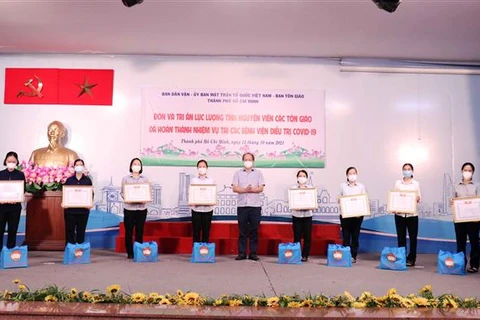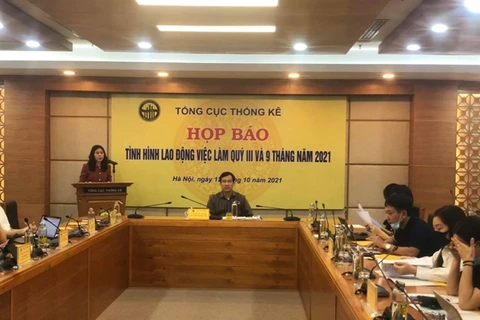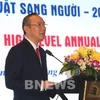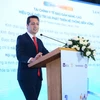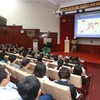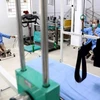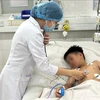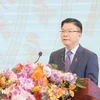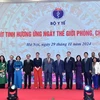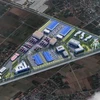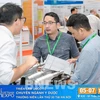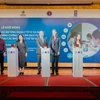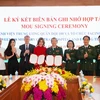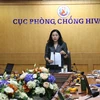Hanoi (VNA) - The Ministry of Public Health has issued guidance implementing the government’s freshly adopted Resolution on provisional guidelines on safe adaptation to the COVID-19 pandemic.
The Guidelines set out three criteria to assess the level of pandemic risk, including the number of new infections in the community, the coverage of vaccinations, and the ability to receive and treat patients at all levels.
The Guidelines stipulate four levels of pandemic risk as follows: Level 1: Low-risk (new normal) – labeled green; Level 2: Medium-risk – labeled yellow; Level 3: High-risk – labeled orange and Level 4: Very high-risk – labeled red.
Based on instructions of the Ministry of Health, cities and provinces shall decide to raise or lower their COVID-19 risk level. In case of raising the pandemic assessment risk, local authorities shall have to inform citizens and businesses at least 48 hours in advance.
The decision of the pandemic level will be assessed at the lowest level (below the commune level), in order to ensure flexibility and efficiency. On the basis of classification of four risk levels, administrative measures will be applied for management.
Localities, based on the pandemic situation and vaccination rate, shall specify the limit on the number of participants and the scope of activities. Priority will be given to those who have been given the full two doses of vaccine and those who have recovered from COVID-19.
Individuals must comply with the 5K message, use apps for medical declarations, vaccination, and use QR codes.
The guidelines will be implemented synchronously nationwide. Localities are allowed to adopt additional measures provided that they are not contrary to the regulations adopted by the Government.
Localities’ additional measures must not constitute a hindrance to the movement of goods, production and business activities, and mobility of people. /.
The Guidelines set out three criteria to assess the level of pandemic risk, including the number of new infections in the community, the coverage of vaccinations, and the ability to receive and treat patients at all levels.
The Guidelines stipulate four levels of pandemic risk as follows: Level 1: Low-risk (new normal) – labeled green; Level 2: Medium-risk – labeled yellow; Level 3: High-risk – labeled orange and Level 4: Very high-risk – labeled red.
Based on instructions of the Ministry of Health, cities and provinces shall decide to raise or lower their COVID-19 risk level. In case of raising the pandemic assessment risk, local authorities shall have to inform citizens and businesses at least 48 hours in advance.
The decision of the pandemic level will be assessed at the lowest level (below the commune level), in order to ensure flexibility and efficiency. On the basis of classification of four risk levels, administrative measures will be applied for management.
Localities, based on the pandemic situation and vaccination rate, shall specify the limit on the number of participants and the scope of activities. Priority will be given to those who have been given the full two doses of vaccine and those who have recovered from COVID-19.
Individuals must comply with the 5K message, use apps for medical declarations, vaccination, and use QR codes.
The guidelines will be implemented synchronously nationwide. Localities are allowed to adopt additional measures provided that they are not contrary to the regulations adopted by the Government.
Localities’ additional measures must not constitute a hindrance to the movement of goods, production and business activities, and mobility of people. /.
VNA

